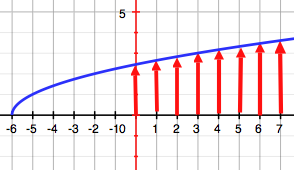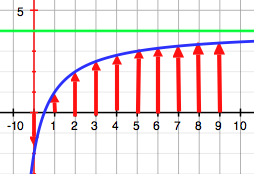| Date |
Activities
/
Objectives |
Images
/
Home
Work |
Remarks
/
Images |
References
/
Links |
|---|---|---|---|---|
|
Monday
Nov. 214:50 -15:35 15:45 -16:30 |
TEST # 1 & 1B
|
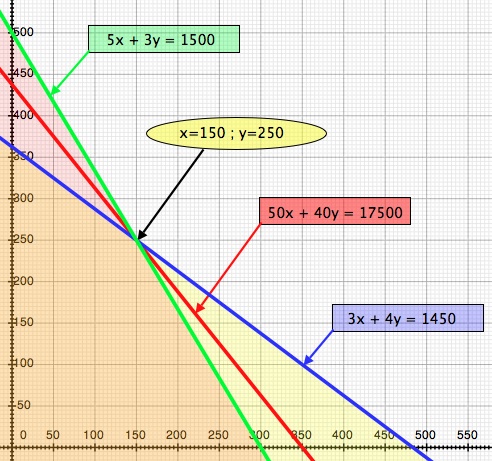 In the above problem 1 of Test.#1, many students do not really understand why the vertex of the graph defined by the system of contraints yields the maxmum profit. 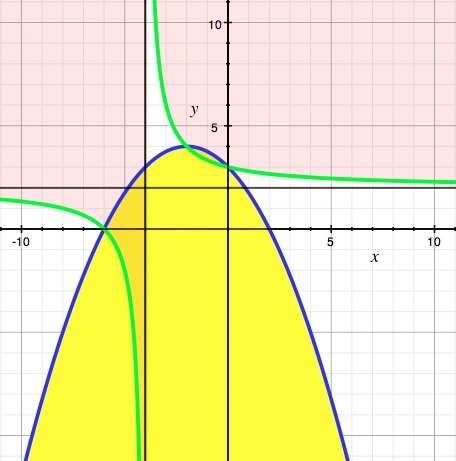
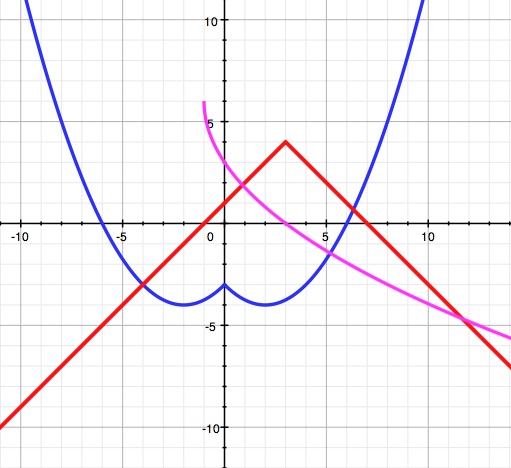 |
Corrected
Tests
and grades have been given to WU Lao Shi on Tuesday Nov.3 |
|
|
Monday
Nov. 914:50 -15:35 15:45 -16:30 |
|
Exercises in Class [ 2nd page of Assigment #7 ] to be continued at home and to be handed back to Wu Lao Shi before Friday 13th at 4:00 pm. |
Students who got less than 60% have to make it up for Nov.13 |
Assigment #7 Erratum : on p.2 žII.2) the transformation required (ommission) is a symmetry through the 1st Bisector. |
|
Monday
Nov. 1614:50 -15:35 15:45 -16:30 |
|
 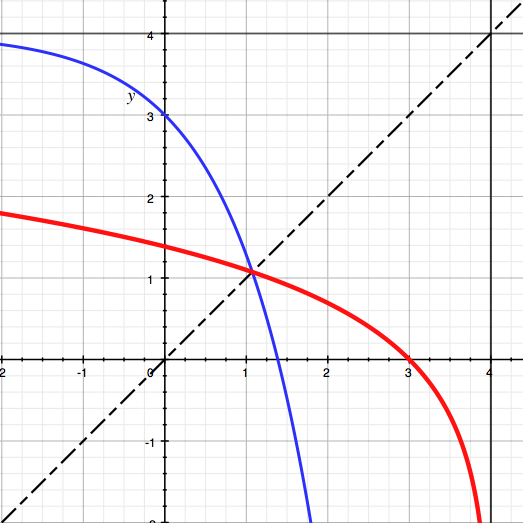 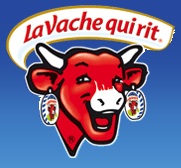  |
Video taken by the administration in the presence of WU laoshi. • • • Change of room because of absence of key for connecting laptop computer to the video projector. Question 1 : Supposing that the orignal box cover is a circle of 10cm of diameter, and that the ear rings of the cow are a quater of the size of the box, find how many cow boxes can designed until the size of the earing-box is less than 1mm.... Question 2 : Supposing that the original square side measures 2cm and that the side of each square is 3/4 of the previous square, find the surface that can be covered by all the squares generated. |
|
| Monday Nov. 23 14:50 -15:35 15:45 -16:30 |
|
Change of
room because of absence of key for connecting laptop computer to the
video projector.
Reading the document about the comparaison of arithmetic and geometric sequences made clear that many students don't understand some "ordinary" words like : term, reason, constant, notation, specify, initial, Fibonacci, mean, quadratic, equidistant... |
Comparison of Arithmetic & Geometric Sequences Assignment # 8 (Sequences) |
|
Monday
Nov. 30 14:50 -15:35 15:45 -16:30 |
|
Assignment # 8 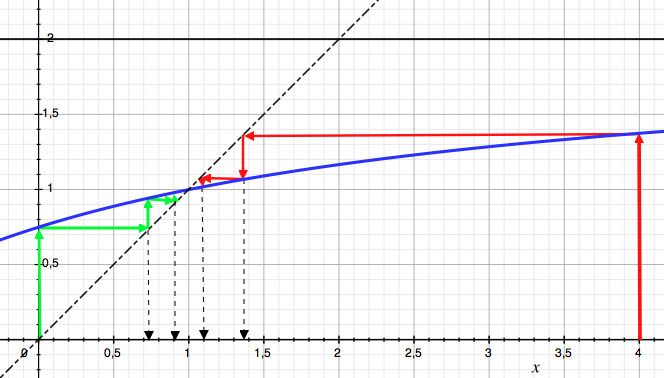 v0 = 0 ; 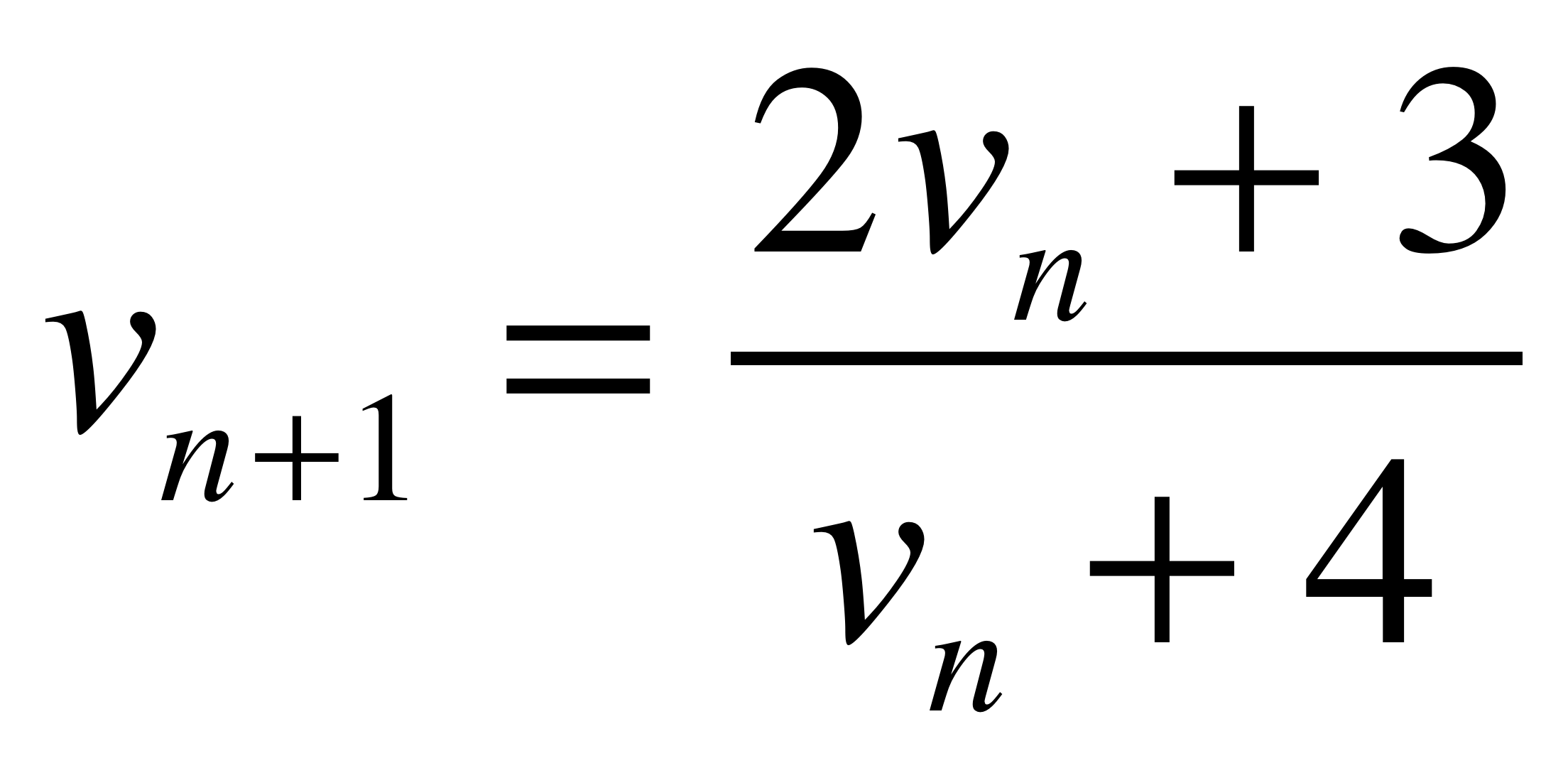 ; v0 = 4 ; v0 = 4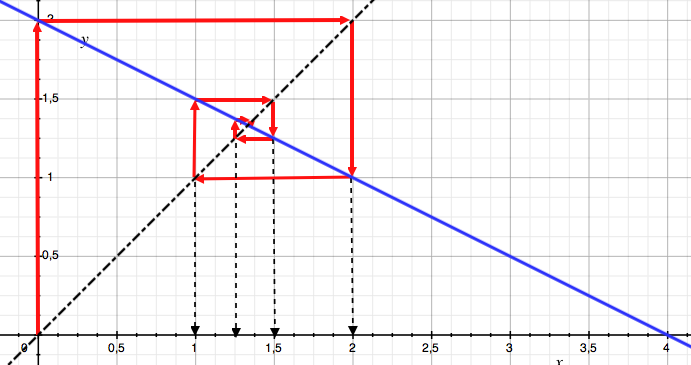 un+1 = - 0.5 un + 2 ; u0 = 0 |
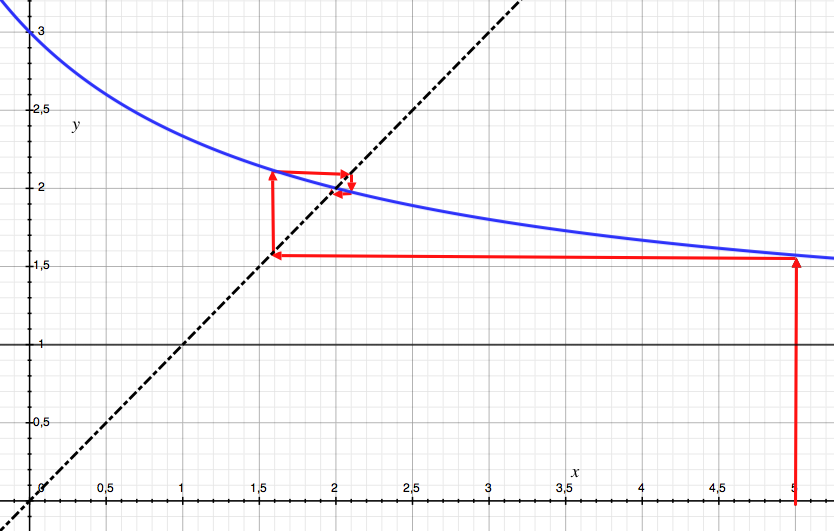 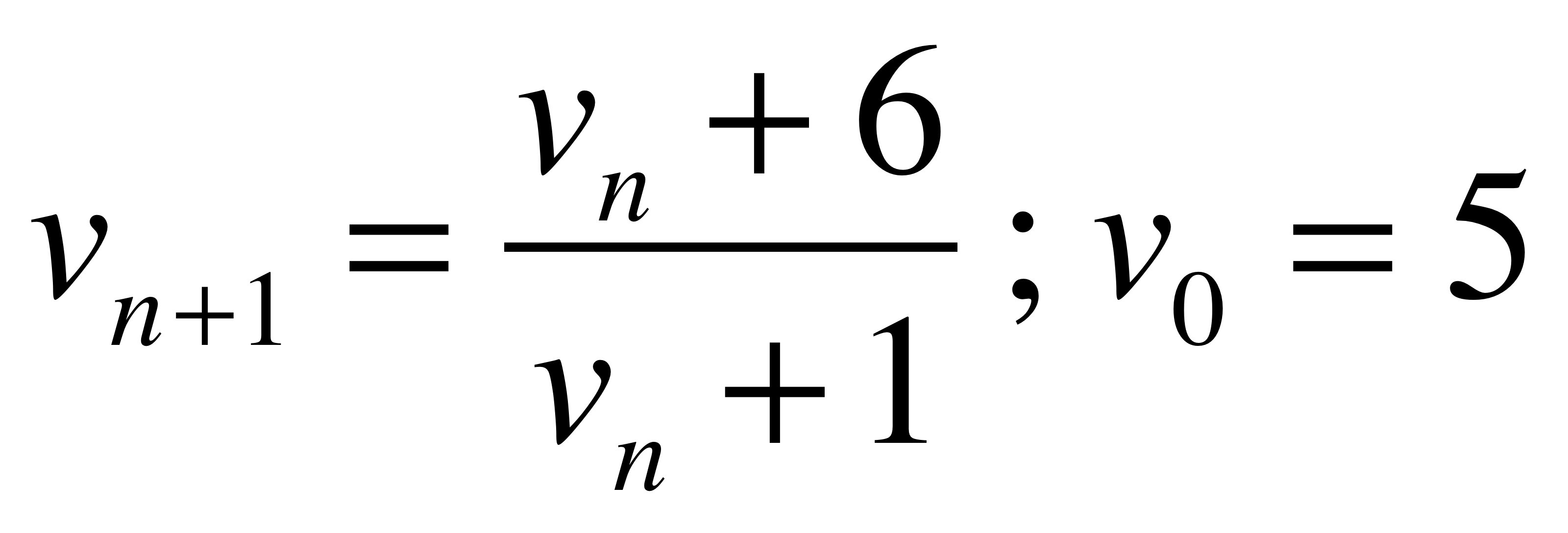 |
